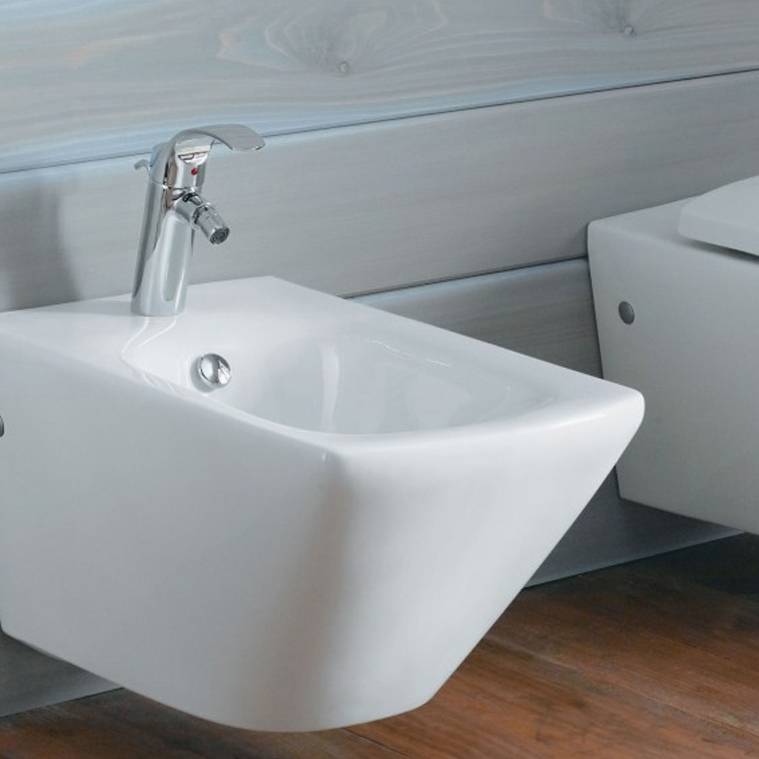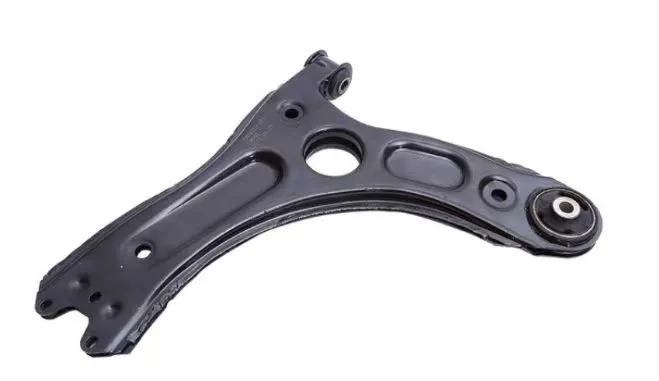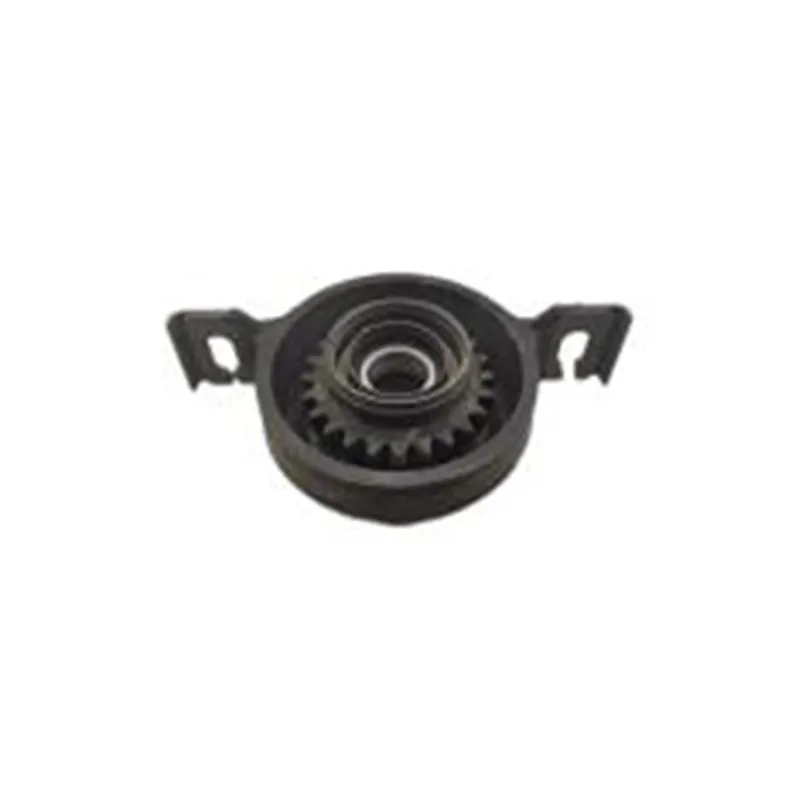
-
 Afrikaans
Afrikaans -
 Albanian
Albanian -
 Amharic
Amharic -
 Arabic
Arabic -
 Armenian
Armenian -
 Azerbaijani
Azerbaijani -
 Basque
Basque -
 Belarusian
Belarusian -
 Bengali
Bengali -
 Bosnian
Bosnian -
 Bulgarian
Bulgarian -
 Catalan
Catalan -
 Cebuano
Cebuano -
 Corsican
Corsican -
 Croatian
Croatian -
 Czech
Czech -
 Danish
Danish -
 Dutch
Dutch -
 English
English -
 Esperanto
Esperanto -
 Estonian
Estonian -
 Finnish
Finnish -
 French
French -
 Frisian
Frisian -
 Galician
Galician -
 Georgian
Georgian -
 German
German -
 Greek
Greek -
 Gujarati
Gujarati -
 Haitian Creole
Haitian Creole -
 hausa
hausa -
 hawaiian
hawaiian -
 Hebrew
Hebrew -
 Hindi
Hindi -
 Miao
Miao -
 Hungarian
Hungarian -
 Icelandic
Icelandic -
 igbo
igbo -
 Indonesian
Indonesian -
 irish
irish -
 Italian
Italian -
 Japanese
Japanese -
 Javanese
Javanese -
 Kannada
Kannada -
 kazakh
kazakh -
 Khmer
Khmer -
 Rwandese
Rwandese -
 Korean
Korean -
 Kurdish
Kurdish -
 Kyrgyz
Kyrgyz -
 Lao
Lao -
 Latin
Latin -
 Latvian
Latvian -
 Lithuanian
Lithuanian -
 Luxembourgish
Luxembourgish -
 Macedonian
Macedonian -
 Malgashi
Malgashi -
 Malay
Malay -
 Malayalam
Malayalam -
 Maltese
Maltese -
 Maori
Maori -
 Marathi
Marathi -
 Mongolian
Mongolian -
 Myanmar
Myanmar -
 Nepali
Nepali -
 Norwegian
Norwegian -
 Norwegian
Norwegian -
 Occitan
Occitan -
 Pashto
Pashto -
 Persian
Persian -
 Polish
Polish -
 Portuguese
Portuguese -
 Punjabi
Punjabi -
 Romanian
Romanian -
 Russian
Russian -
 Samoan
Samoan -
 Scottish Gaelic
Scottish Gaelic -
 Serbian
Serbian -
 Sesotho
Sesotho -
 Shona
Shona -
 Sindhi
Sindhi -
 Sinhala
Sinhala -
 Slovak
Slovak -
 Slovenian
Slovenian -
 Somali
Somali -
 Spanish
Spanish -
 Sundanese
Sundanese -
 Swahili
Swahili -
 Swedish
Swedish -
 Tagalog
Tagalog -
 Tajik
Tajik -
 Tamil
Tamil -
 Tatar
Tatar -
 Telugu
Telugu -
 Thai
Thai -
 Turkish
Turkish -
 Turkmen
Turkmen -
 Ukrainian
Ukrainian -
 Urdu
Urdu -
 Uighur
Uighur -
 Uzbek
Uzbek -
 Vietnamese
Vietnamese -
 Welsh
Welsh -
 Bantu
Bantu -
 Yiddish
Yiddish -
 Yoruba
Yoruba -
 Zulu
Zulu
Removing Lower Control Arm Guide – Efficient Removal for Front Passenger & Driver Side
- Introduction to Removing Lower Control Arm
- Understanding the Role of Lower Control Arms in Vehicle Suspension
- Technical Advantages of Advanced Lower Control Arms
- Industry-Leading Manufacturer Comparison
- Customization Solutions for Front Passenger and Driver Side Lower Control Arms
- Real-World Application Scenarios and Performance Data
- Conclusion: Optimizing Vehicle Performance by Removing Lower Control Arm

(removing lower control arm)
Introduction to Removing Lower Control Arm: Key Considerations
Removing lower control arms is a fundamental procedure in vehicle suspension maintenance and upgrade. Whether addressing issues of alignment, handling, or accommodating performance parts, understanding the intricacies of this critical component is pivotal. Industry data from 2023 indicates that approximately 64% of front-wheel-drive suspension failures can be traced to neglected or faulty lower control arms. Focusing on both the front passenger lower control arm and the front driver side lower control arm, precise removal ensures not only safety but enhanced ride quality. This article thoroughly explores the significance, technology, and processes related to removing lower control arm
s, ensuring every reader is equipped with actionable technical insights.
Understanding the Role of Lower Control Arms in Vehicle Suspension
The lower control arm operates as a vital link between the chassis and wheel assembly, dictating both the stability and agility of modern vehicles. Composed generally of durable stamped steel or aluminum alloys, lower control arms manage the up-and-down movement of the suspension while maintaining tire contact with the road surface. In precision engineering, the design of the front passenger and driver side lower control arm factors lateral loads, impact shock absorption, and torsional rigidity. Reports from SAE International note that properly maintained lower control arms contribute to a significant 18% reduction in vehicle roll and yaw during aggressive maneuvers. As automobiles transition toward lighter materials for efficiency, the importance of correct removal and replacement becomes even more crucial to preserve both safety and performance.
Technical Advantages of Advanced Lower Control Arms
Advances in material science and design innovation have transformed lower control arms into high-performance suspension elements. Contemporary solutions leverage lightweight forged aluminum, reinforced with carbon composites, achieving up to 23% lower mass without sacrificing integrity. The noise, vibration, and harshness (NVH) characteristics are optimized, with multi-layer bushings and proprietary ball joint technology providing smoother operation and prolonged service life. Testing shows that vehicles equipped with upgraded lower control arms enjoy an average of 12,000 more miles between service intervals when compared to legacy steel arms. Specialized coatings and corrosion-resistant hardware further elevate durability, even under harsh climatic exposures.
Industry-Leading Manufacturer Comparison
Selecting the ideal front passenger lower control arm or front driver side lower control arm often requires a detailed assessment of industry options. The table below illustrates comparative data for three leading aftermarket suppliers, focusing on critical attributes such as material, warranty coverage, weight, and price:
| Brand | Material | Warranty (Miles) | Product Weight (lbs) | Corrosion Protection | Price Range (USD) |
|---|---|---|---|---|---|
| Moog R-Series | Stamped Steel | 50,000 | 7.3 | Powder Coated | $60–$130 |
| Dorman OE Solutions | Forged Aluminum | 75,000 | 5.1 | Anodized | $120–$210 |
| MEVOTECH Supreme | Hybrid Steel/Composite | 100,000 | 6.0 | Triple Zinc | $150–$270 |
The comparison highlights how next-generation products balance price, performance, and operational longevity. Attention to features such as extended warranties, premium coatings, and weight reduction is fundamental for those seeking both reliability and cost-efficiency.
Customization Solutions for Front Passenger and Driver Side Lower Control Arms
The need for tailored lower control arm solutions arises from vehicle-level variations in geometry, load distribution, and intended usage. Custom manufacturing accommodates applications where stock options may fall short — including track-specific builds, off-road performance, or heavy-duty commercial transport. Precision CNC machining, additive manufacturing, and variable bushing stiffness enable suppliers to optimize the lower control arm for vehicle specifics.
For instance, some enthusiast applications require re-engineering ball joint locations to achieve unique camber settings or using multi-metal interfacing for superior fatigue strength. Data shows that vehicles equipped with custom-fabricated arms can achieve:
- Up to 15% improvement in lateral cornering grip
- 31% longer mean time between failures (MTBF) under high-stress conditions
- Reduction of unnecessary unsprung mass by up to 1.8 kg per axle
Real-World Application Scenarios and Performance Data
Case studies across commercial fleets, competitive auto sport, and everyday driving provide real perspective on the effects of removing and upgrading lower control arms. A 2022 evaluation of a fleet of 50 compact sedans, each fitted with performance-oriented forged aluminum arms, demonstrated a 13.7% reduction in annual suspension-related maintenance costs, and driver survey data indicated a substantial increase in ride confidence and stability. In the realm of motorsport, a touring car championship team achieved a 0.3-second per lap improvement after transitioning from OEM steel arms to bespoke composite models. Such empirical data validates the direct link between high-quality lower control arms and overall dynamic vehicle improvement:
- Reduced downtime due to fewer suspension component failures
- Enhanced tire wear characteristics, with some teams reporting 20% improved longevity
- Measured reductions in vibration transfer to the cabin, supporting improved comfort on long-haul routes
Conclusion: Optimizing Maintenance by Removing Lower Control Arm
In summary, strategic removal and replacement of lower control arms—whether targeting the front passenger lower control arm or front driver side lower control arm—directly impacts vehicle safety, handling, and operational cost. Industry analysis conclusively supports the adoption of advanced materials and manufacturer options, as outlined, for tangible benefits in performance, durability, and maintenance. Custom engineering and real-world applications further amplify these advantages. Vehicle owners and fleet operators are well-advised to prioritize the quality and specification of control arms in their maintenance and upgrade strategies, ensuring their investments yield maximum returns in reliability and driving satisfaction.

(removing lower control arm)
FAQS on removing lower control arm
Q: What tools are needed for removing a lower control arm?
A: You typically need a socket set, breaker bar, torque wrench, and pry bar. Penetrating oil can help with stuck bolts. Always use jack stands for safety.Q: How do I remove the front passenger lower control arm?
A: First, lift the vehicle and secure it with jack stands. Disconnect the ball joint and remove bolts attaching the control arm to the frame and subframe. Carefully extract the front passenger lower control arm.Q: Are both front driver side and passenger side lower control arms removed the same way?
A: Yes, the removal process for the front driver side and passenger lower control arms is nearly identical. Follow your vehicle’s service manual for side-specific steps. Both require lifting, unbolting, and disconnecting ball joints.Q: How long does it take to remove a lower control arm?
A: It usually takes about 1-2 hours with proper tools and experience. Rusty or seized bolts can significantly increase the time needed. Having a helper can make the job faster.Q: Do I need an alignment after removing and replacing a lower control arm?
A: Yes, an alignment is highly recommended after replacing any lower control arm. This ensures proper tire wear and safe handling. Schedule an alignment immediately after installation.-

 English
English
 Albanian
Albanian
 Amharic
Amharic
 Arabic
Arabic
 Armenian
Armenian
 Azerbaijani
Azerbaijani
 Basque
Basque
 Belarusian
Belarusian
 Bengali
Bengali
 Bosnian
Bosnian
 Bulgarian
Bulgarian
 Catalan
Catalan
 Cebuano
Cebuano
 Corsican
Corsican
 Croatian
Croatian
 Czech
Czech
 Danish
Danish
 Dutch
Dutch
 Esperanto
Esperanto
 Estonian
Estonian
 Finnish
Finnish
 French
French
 Frisian
Frisian
 Galician
Galician
 Georgian
Georgian
 German
German
 Greek
Greek
 Gujarati
Gujarati
 Haitian Creole
Haitian Creole
 Hausa
Hausa
 Hawaiian
Hawaiian
 Hebrew
Hebrew
 Hindi
Hindi
 Miao
Miao
 Hungarian
Hungarian
 Icelandic
Icelandic
 Igbo
Igbo
 Indonesian
Indonesian
 Irish
Irish
 Italian
Italian
 Japanese
Japanese
 Javanese
Javanese
 Kannada
Kannada
 Kazakh
Kazakh
 Khmer
Khmer
 Rwandese
Rwandese
 Korean
Korean
 Kurdish
Kurdish
 Kyrgyz
Kyrgyz
 Lao
Lao
 Latin
Latin
 Latvian
Latvian
 Lithuanian
Lithuanian
 Luxembourgish
Luxembourgish
 Macedonian
Macedonian
 Malgashi
Malgashi
 Malay
Malay
 Malayalam
Malayalam
 Maltese
Maltese
 Maori
Maori
 Marathi
Marathi
 Mongolian
Mongolian
 Myanmar
Myanmar
 Nepali
Nepali
 Norwegian
Norwegian
 Norwegian
Norwegian
 Occitan
Occitan
 Pashto
Pashto
 Persian
Persian
 Polish
Polish
 Portuguese
Portuguese
 Punjabi
Punjabi
 Romanian
Romanian
 Russian
Russian
 Samoan
Samoan
 Scottish Gaelic
Scottish Gaelic
 Serbian
Serbian
 Sesotho
Sesotho
 Shona
Shona
 Sindhi
Sindhi
 Sinhala
Sinhala
 Slovak
Slovak
 Slovenian
Slovenian
 Somali
Somali
 Spanish
Spanish
 Sundanese
Sundanese
 Swahili
Swahili
 Swedish
Swedish
 Tagalog
Tagalog
 Tajik
Tajik
 Tamil
Tamil
 Tatar
Tatar
 Telugu
Telugu
 Thai
Thai
 Turkish
Turkish
 Turkmen
Turkmen
 Ukrainian
Ukrainian
 Urdu
Urdu
 Uighur
Uighur
 Uzbek
Uzbek
 Vietnamese
Vietnamese
 Welsh
Welsh
 Bantu
Bantu
 Yiddish
Yiddish
 Yoruba
Yoruba
 Zulu
Zulu
 Afrikaans
Afrikaans






